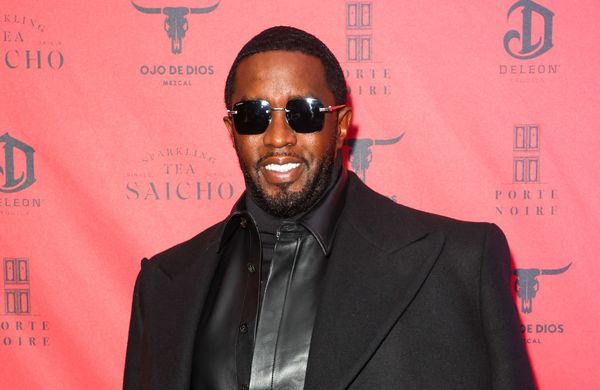
As coronavirus has increasingly and inevitably dominated our coverage recently, editors at the Guardian have been thinking a great deal about balance and variety. We’re only too aware that, for readers, it must feel that the world is only talking, writing and reading about a single topic.
Over the last week on Twitter I’ve been playing with a simple idea: what if we show what the Guardian audience has been reading beyond the pandemic? Rather than thinking about what people have been clicking on, these lists use a metric we have always taken seriously at the Guardian: engaged reading time.
The Twitter lists stood out for two reasons: their variety and quality. Ranging from a profile of the Manchester bomber and his brother to a recipe for moules marinière to a set of moving letters on the death of Roy Hudd to Hadley Freeman’s extraordinary interview with Anne Glenconner to Blind Date to a review of a guilty pleasure, these pieces, like all the best journalism, deliver the essential gift of perspective.
So from today we’re going to publish a daily list here on the site. We really hope you enjoy them and that they provide a useful reminder of life beyond self-isolation.
Top five deeply read stories for Monday 23 March
Dionne Warwick on singing, psychics and the hell of segregation

Amy Fleming’s interview with Dionne Warwick had an extraordinary attention time, and for very good reason. Born in 1940 in East Orange, Warwick was the bright young thing introduced to the Paris Olympia as “the black pearl” by Marlene Dietrich who went on to dazzle audiences around the world. Here she talks about faith, living in Brazil, collaborating with (and suing) Burt Bacharach and ongoing segregation: “I hope eventually we’ll get to the point where we all understand that we all bleed red blood.”
Rick Astley: how we made Never Gonna Give You Up

Rick Astley and Pete Waterman on the making of an earworm. “It went to No 1 in every country, including America. Because he looked so young, people thought it wasn’t actually him singing – Radio 1 rang him up in a hotel in Scotland and made him sing it in the bathroom.”
Colombia’s narco-submarines - a photo essay

The best photo essays have to walk a tricky line. Why can’t the pictures just speak for themselves? Luis Robayo and Florence Panoussian’s piece provides the best answer: the story behind these images is as essential, bizarre and compelling as they are. “For years, they were referred to as “Big Foot” – a mythical creature rumoured but never seen – but these days, the narco-submarines used by Colombia’s drug cartels have become almost commonplace.”
How we met: ‘He was the most beautiful man I’d ever seen’

Right now, simple, touching human stories are more important than ever. This regular column always does well and Monday’s was a lovely example. “Hannah was on her way home from work in London when she noticed the tube attendant on the platform. ‘I just thought he was the most beautiful man I had ever seen.’”
My favourite game: Bolt wins 200m gold at Beijing 2008

Our sports desk started this new series as a direct response to the lack of live matches and it’s been an immediate hit. Here Andy Bull recalls a moment of swaggering, impossible triumph. “The gun went. His start was smooth and fluid, by midway around the curve Bolt had made up the stagger on the four men outside him, by the end of the curve he was metres ahead of them, and now it was just him racing history, chasing Johnson’s ghost.”







